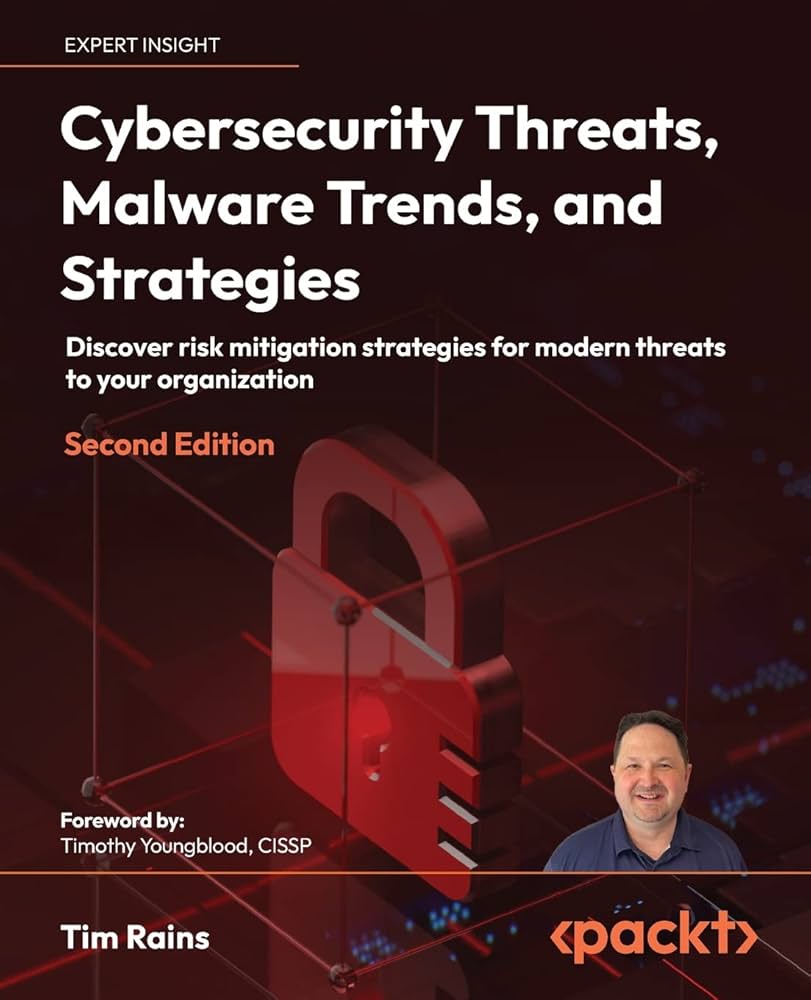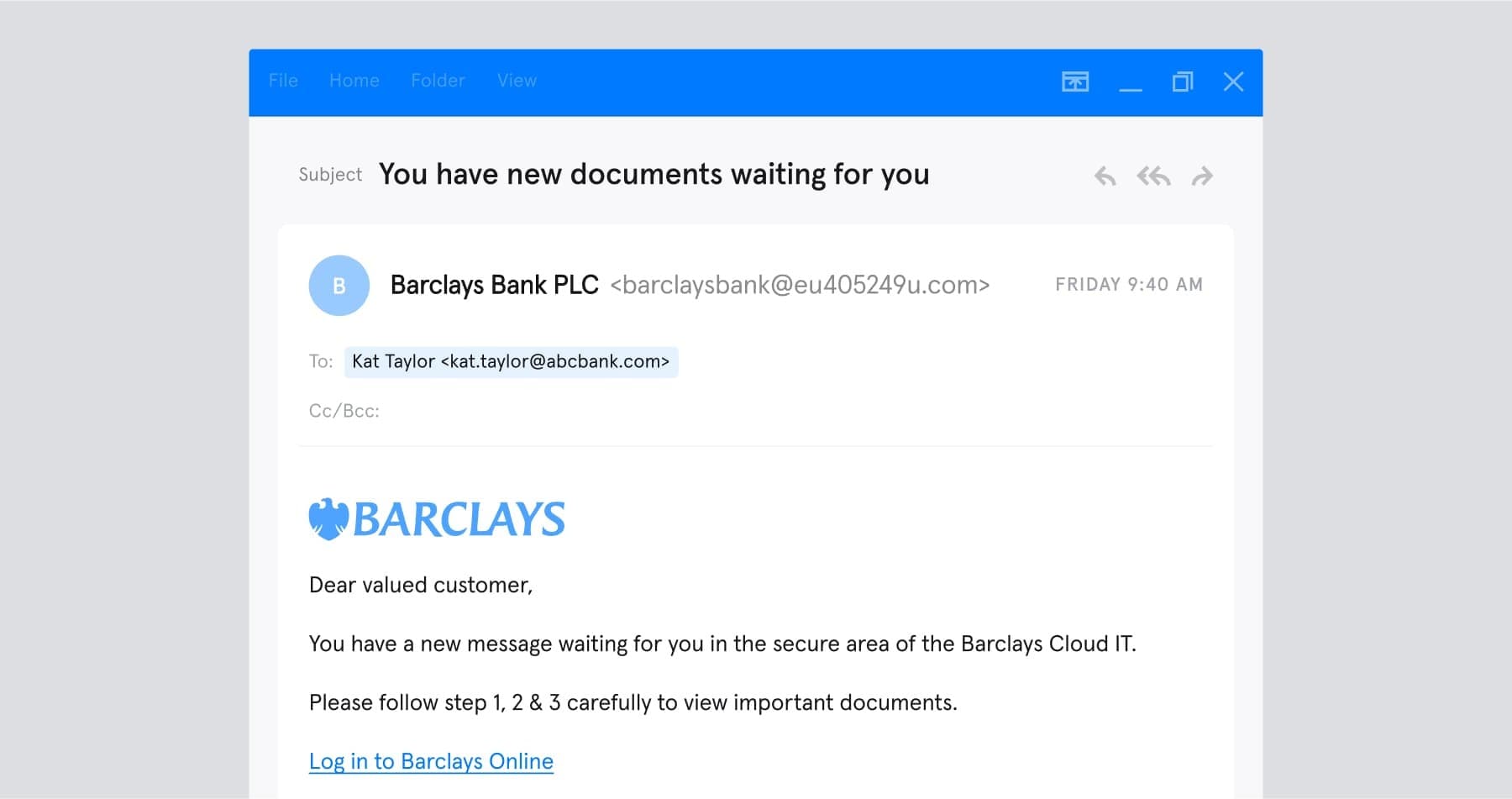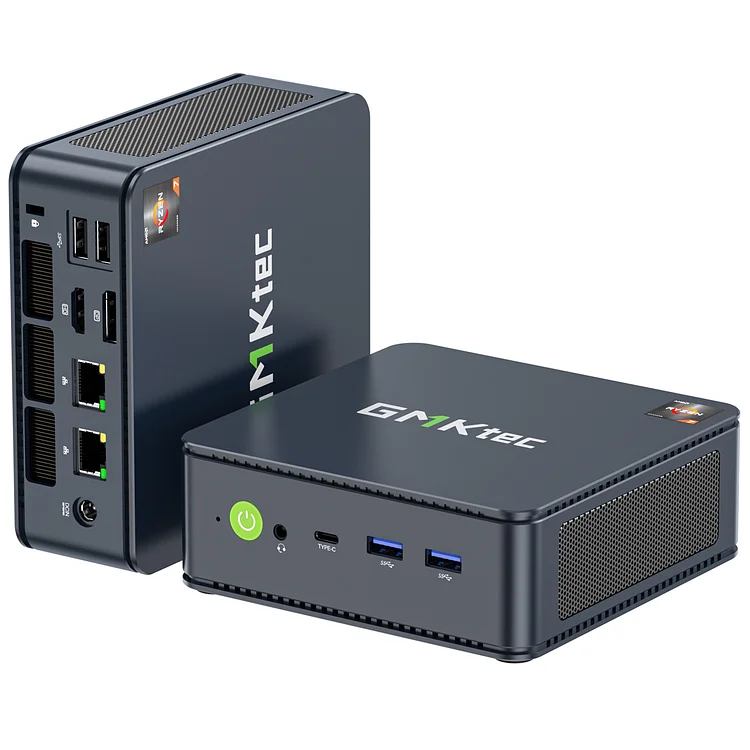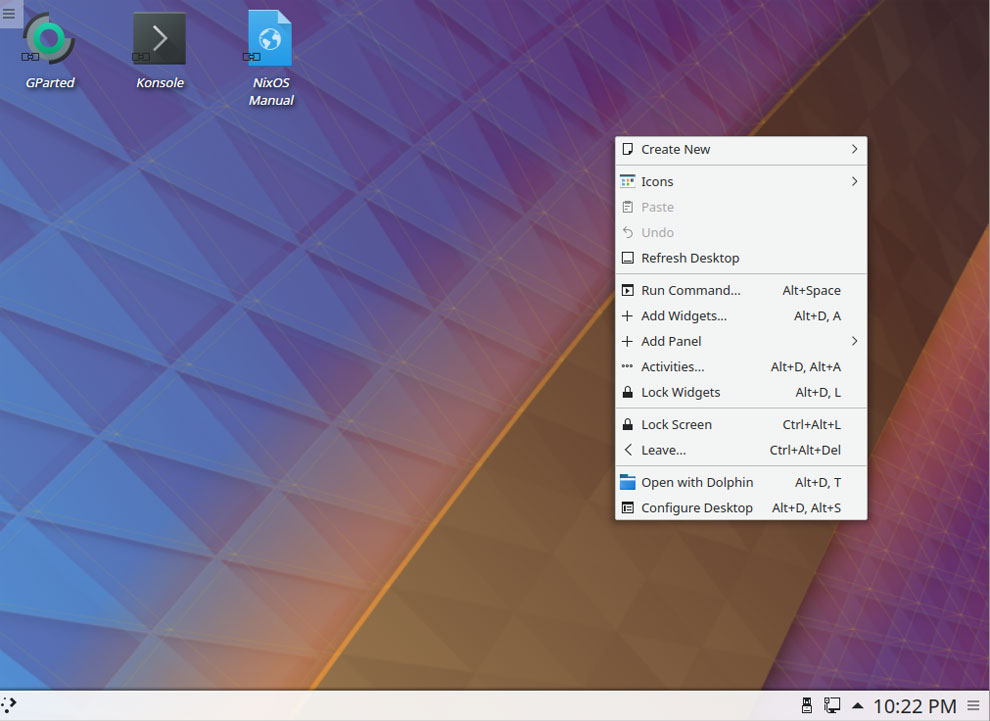
Understanding the CRON#TRAP Malware: A New Threat in Cybersecurity
In the ever-evolving landscape of cybersecurity, a new malware campaign has emerged that raises concerns not only for technical professionals but for everyday users as well. This insidious campaign, known as CRON#TRAP, utilizes a unique tactic by hiding within a Linux virtual machine to evade detection and wreak havoc in Windows environments.
 Emerging threats in the digital landscape
Emerging threats in the digital landscape
What is CRON#TRAP?
Cybersecurity experts have flagged CRON#TRAP as a particularly intriguing campaign primarily due to its method of execution. The infection process begins with a seemingly innocuous Windows shortcut (LNK) file, typically bundled within a 285MB ZIP archive that may come via phishing emails disguised as a harmless survey from a reputable entity, like an OneAmerica survey.
“What makes the CRON#TRAP campaign particularly concerning is that the emulated Linux instance comes pre-configured with a backdoor that automatically connects to an attacker-controlled command-and-control (C2) server,” explain researchers from Securonix, Den Iuzvyk and Tim Peck. This highlights how advanced and creative attackers have become in their strategies, leveraging legitimate tools and processes to establish a covert command structure.
The Technical Mechanics
Once opened, the LNK file not only triggers the extraction process of the ZIP archive but also runs PowerShell commands that do the heavy lifting behind the scenes. This ultimately allows for the initiation of a lightweight custom Linux environment, thanks to Quick Emulator (QEMU), which is widely recognized as an open-source virtualization tool. This environment is aptly named PivotBox and remarkably runs on Tiny Core Linux.
Upon execution, a hidden start.bat script is launched, camouflaged by a fake error message, leading the victim to believe that the survey link is malfunctioning. However, unbeknownst to the victim, the malicious code is busy at work setting up the malicious virtual environment and granting attackers immediate access to their computer systems.
 A visual representation of sophisticated cyber threats
A visual representation of sophisticated cyber threats
A Deeper Threat: Chisel and Remote Access
Within this clandestine environment lies a pre-configured Chisel client, facilitating seamless connections to a remote Command and Control server for ongoing surveillance and manipulation. This sophisticated function allows an unmonitored flow of command and control traffic both in and out of the Linux instance, effectively turning it into a backdoor for cybercriminal activities.
According to the Securonix research team, the Chisel is designed to connect via websockets to an IP address that shouldn’t exist in any legitimate operations, paving the way for remote access to sensitive data. The implications of such an approach are monumental and troubling, to say the least.
Targeting Vulnerabilities
The targeted campaigns have mainly focused on regions like Romania, Poland, Germany, and Kazakhstan. Reports indicate that the emails typically include order inquiries, embedding an obfuscated PowerShell script capable of fetching additional harmful payloads from a remote server. As Cado Security researcher Tara Gould notes, the ever-evolving techniques of threats like GuLoader, which have adapted to bypass detection measures, serve as a reminder of the relentless cat and mouse game in cybersecurity.
“GuLoader malware continues to adapt its techniques to evade detection to deliver RATs,” Gould emphasizes. Clearly, specific industries in various countries are being targeted with increased precision.
 Understanding phishing attempts in the digital age
Understanding phishing attempts in the digital age
The Bigger Picture
Integrating tactics originally intended for legitimate applications into malicious contexts is not a new phenomenon, but CRON#TRAP showcases a disturbing level of sophistication. It reflects a dire need for not only individuals but organizations to ramp up their security measures proactively. We now live in a world where the lines between legitimate processes and malicious intent can be as thin as a single email attachment.
It’s crucial to revisit your security protocols regularly. Educating ourselves and our colleagues about the nature of these threats is just as important as having robust antivirus measures in place. Be sure to scrutinize unexpected emails and check attachments before interacting with them.
In conclusion, as attackers continuously adapt to new defenses and create innovative infection methods, being informed and prepared is more vital than ever. Staying aware of the latest techniques, like those employed by CRON#TRAP, should serve as a wake-up call for all of us. Together, we can bolster our defenses and tackle these evolving threats.
For the latest updates on cybersecurity trends and insights, stay tuned to NixOSPro!















